Disclaimer: This blog post contains affiliate links. If you make a purchase through these links, I may earn a small commission at no additional cost to you. Learn More. Thank you for supporting our garden community.
Edimental Gardening: Edible and Ornamental Plants
Edimental gardening is a fascinating concept that combines the beauty of ornamental plants with the practicality of edible vegetation. Edimental plants, also known as dual-purpose plants, offer both aesthetic appeal and delicious harvests. In this blog post, we will explore the world of edimental gardening, discussing the benefits of incorporating these plants into your garden and providing valuable tips on choosing, growing, and utilizing them effectively.
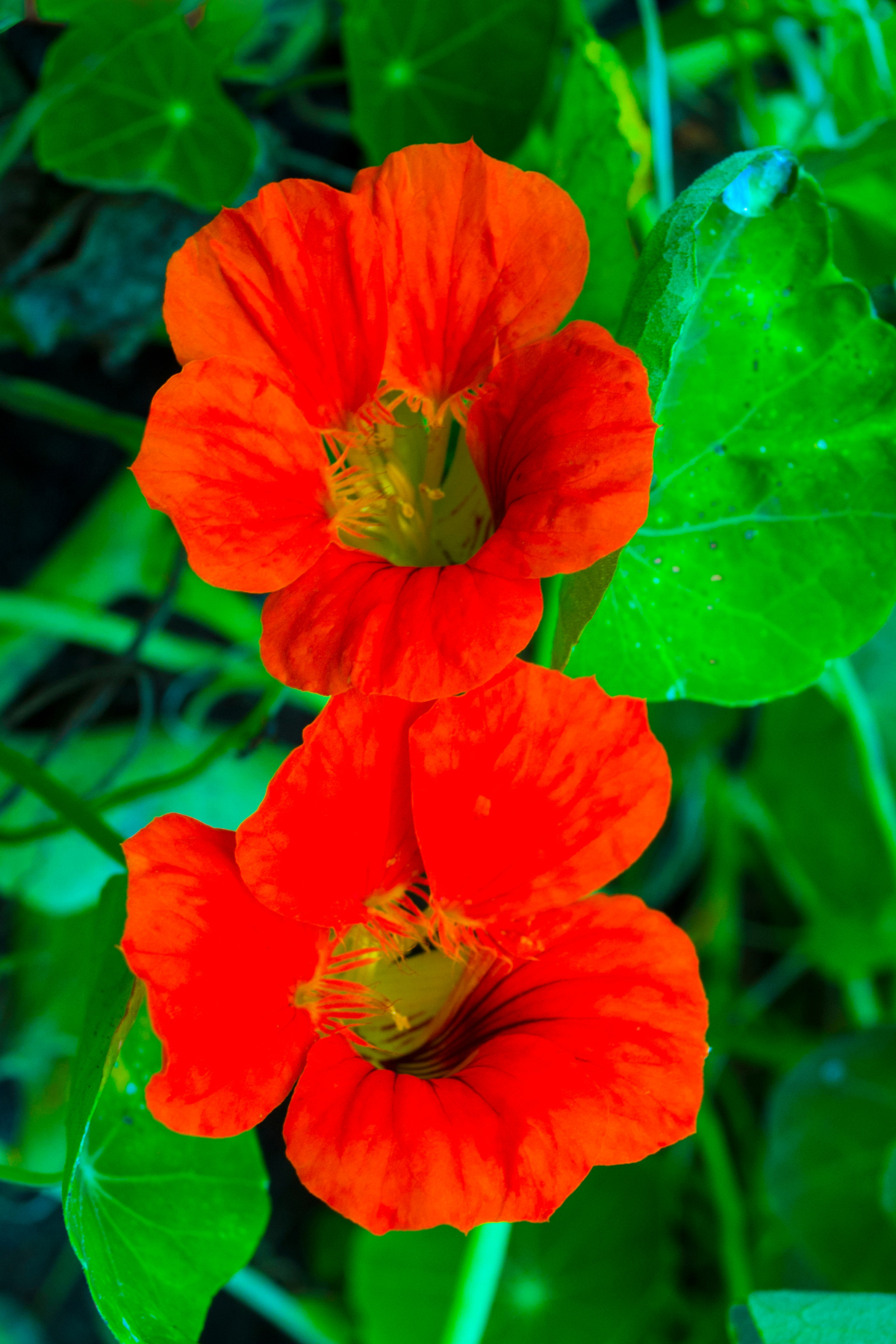
Edimentals are just recently emerging in the gardening world, so it is important to get a hold of them while you still can!
Edimental Gardening
In this post, you will learn about the concept of edimental gardening, which combines the aesthetic appeal of ornamental plants with the practicality of edible plants. We will discover the benefits of incorporating edimental plants into our gardens, including the ability to enjoy both beautiful landscapes and delicious harvests.
This post will provide valuable tips on choosing, growing, and caring for edimental plants, ensuring you have the knowledge you need to successfully cultivate these dual-purpose plants. Additionally, you will learn creative ways to utilize edimental plants in your garden design, as well as in your culinary endeavors, making the most of your edimental gardening experience.
What is an Edimental Plant?
An edimental plant is a plant that is both aesthetically pleasing in the garden, and that provides a harvest, whether it be fruits, vegetables, or herbs. The word is a combination of the words “edible” and “ornamental,” creating edimental. That being said, edimental plants can be trees, shrubs, or herbaceous plants.
Choosing Edimental Plants
When selecting edimental plants for your garden, several factors should be considered. It is essential to choose varieties that thrive in your specific climate and growing conditions. Some popular edimental plants include:

- Rainbow Swiss Chard (Beta vulgaris): This vibrant plant adds a burst of color to any garden while also providing nutritious greens that can be cooked or used in salads.
- Nasturtiums (Tropaeolum): With their cheerful flowers and peppery leaves, nasturtiums are both beautiful and delicious, making them an ideal choice for edimental gardening.
- Calendula (Calendula officinalis): Also known as pot marigold, calendula not only brightens up the garden with its golden flowers but can also be used in salads, teas, and as a natural dye.
In short, choose any plant that will look nice in your garden, while also providing you with an edible harvest. Try herbs, flowers, vegetables, and even fruit trees.
If you want to purchase any of the named plants, simply click on its name to buy from SeedsNow!
Growing Edimental Plants
To ensure the success of your edimental plants, it is crucial to provide them with suitable growing conditions. Consider the following tips:
- Soil Preparation: Prior to planting, prepare the soil by removing any weeds or debris and adding organic matter, such as compost, to enrich its nutrient content.
- Sowing or Transplanting: Follow the recommended planting instructions for each specific edimental plant. Some plants may be directly sown from seeds, while others may require transplanting seedlings.
- Watering and Fertilizing: Edimental plants generally require regular watering, especially during hot and dry periods. Apply organic fertilizers or compost tea to provide essential nutrients for optimal growth. You can purchase a high-quality organic fertilizer from The Andersons Home and Garden.
Remember to tailor the care requirements to each plant individually. It’s not always a one-size-fits-all.
Care and Maintenance
To ensure the health and productivity of your edimental plants, proper care and maintenance are essential. Here are some guidelines to follow:
- Pruning and Training: Regular pruning not only keeps your edimental plants in shape but also promotes vigorous growth and enhances their ornamental features. Training climbing edimental plants on trellises or stakes helps maximize space and creates visual interest in the garden.
- Pest and Disease Management: Monitor your plants regularly for pests and diseases. Take preventive measures, such as companion planting, using organic pest controls, or practicing good garden hygiene, to keep your plants healthy and productive.
- Promoting Healthy Growth: Provide adequate sunlight, water, and nutrients for your edimental plants. Mulching around plants helps retain soil moisture and suppress weeds, while regular weeding ensures that your edimental plants are not competing for resources.
Using Edimental Plants in the Garden
Edimental plants offer endless possibilities for integrating them into your garden. Consider the following ideas:
- Design Inspiration: Use edimental plants to create stunning visual compositions in your garden beds, borders, or containers. Combine contrasting colors and textures to make a striking impact.
- Companion Planting: Pair edimental plants with compatible plant species to enhance their growth and natural defenses. For example, interplanting marigolds with tomatoes can help repel harmful nematodes.
- Beneficial Insects: Certain edimental plants, such as lavender or borage, can attract pollinators and beneficial insects, promoting overall garden health and biodiversity.
- Visual Interest: Select edimental plants that blossom at different times throughout the year to ensure a continuous display of color and beauty in your garden.
Harvesting and Using Edimental Plants
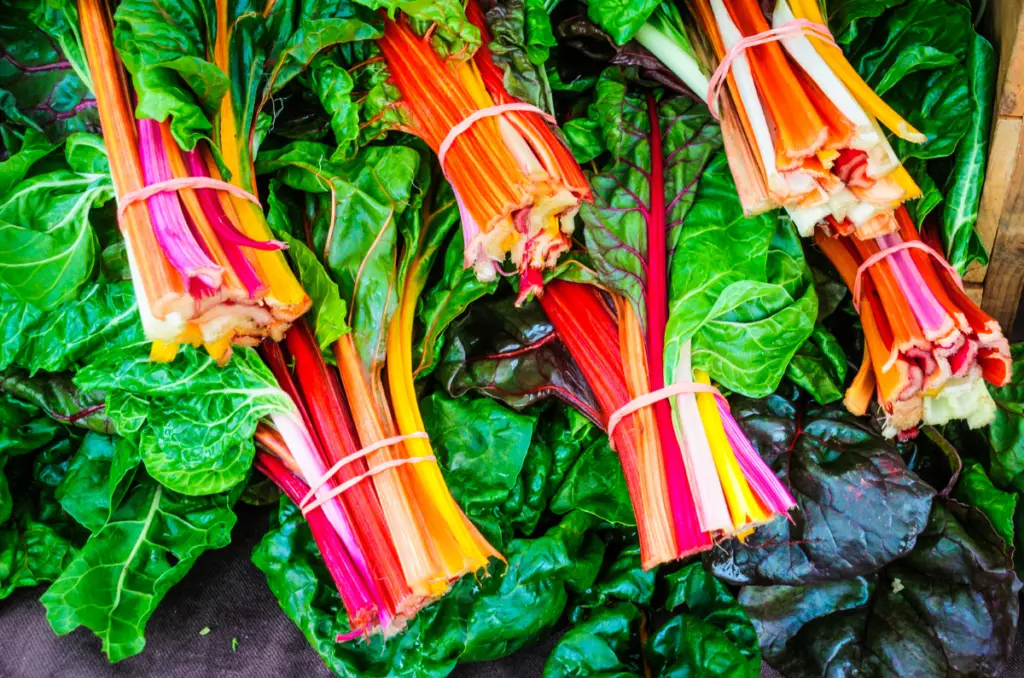
One of the most rewarding aspects of edimental gardening is the chance to enjoy the bountiful harvests. Here are some tips on harvesting and using edimental plants:
- Harvesting Techniques: Follow specific guidelines for each plant to harvest the produce at its peak. Harvest leafy greens, like Swiss chard, by picking the outer leaves regularly, allowing the inner leaves to continue growing.
- Culinary Delights: Incorporate freshly harvested edimental plants into your meals by adding them to salads, stir-fries, or homemade herbal teas. Explore various recipes and experiment with different flavors to fully enjoy the edimental experience.
- Decorative Touch: Edimental plants can be utilized decoratively, too. Dried flowers, like calendula petals, can be used in potpourri or homemade beauty products, adding a touch of natural beauty to your home.
Edimental Gardening Tips and Considerations
To further enhance your edimental gardening experience, keep these tips and considerations in mind:
- Seasonal Care: Some edimental plants have specific growing seasons. Consider the best time to sow or transplant them to ensure optimal growth and productivity.
- Succession Planting: Extend your harvest by practicing succession planting. Stagger planting times to ensure a continuous supply of fresh edimental produce throughout the growing season.
- Small Space Gardening: Even if you have limited space, you can still enjoy edimental gardening. Consider using containers, grow bags, vertical gardening techniques, or compact varieties that are well-suited for small spaces.
Frequently Asked Questions
The word “edimental” is a combination of the words “edible” and “ornamental,” meaning that they are both ornamental and edible plants in the garden.
In my opinion, the best edimental plant is rainbow Swiss chard; it provides stunning colours, as well as a delicious vegetable.
Planting edimentals is a great way to save space in your garden and enjoy the beauty of ornamental plants while also growing your own food. Edimentals can also attract pollinators to your garden, such as bees and butterflies.
Products:
If you want to purchase seeds for your garden, check out the following link:
Conclusion
Edimental gardening presents a unique opportunity to blend beauty, flavor, and practicality in your garden. By incorporating edimental plants, you can enjoy a visually stunning garden while savoring the taste of freshly harvested produce.
Whether you have a large garden or a small balcony, edimental gardening offers ample opportunities to explore and experiment with these dual-purpose plants. So, embrace the edimental concept and enhance your gardening journey with the best of both worlds!
Remember, edimental gardening is not only about nourishing your body but also nourishing your soul through the captivating beauty of nature’s bounty!
If you want to learn more about gardening, foraging, nature, and sustainability, check out The Real Gardener on Instagram, YouTube, and Pinterest.
This post was linked to in Ridge Haven Homestead’s Small Beginnings and Homestead Blog Hop, as well as Ridge Haven Homestead’s Sunday Sunshine Blog Hop, so check them out to learn more.
Pin this post for later:
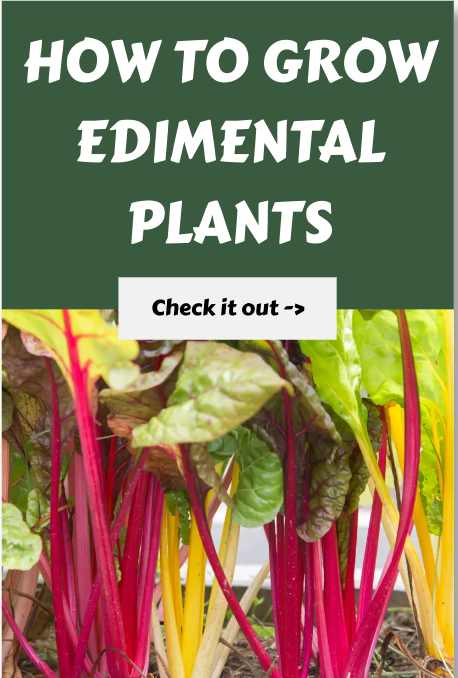
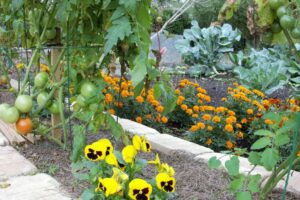
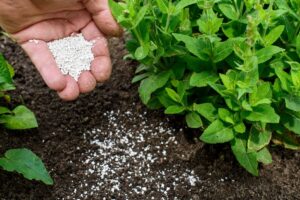
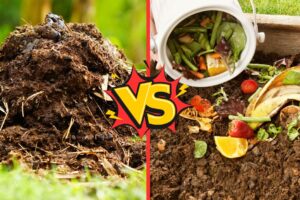
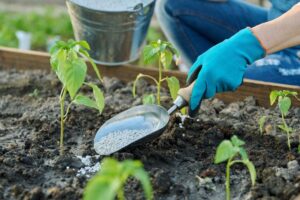
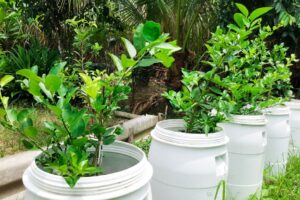
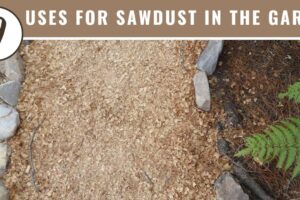
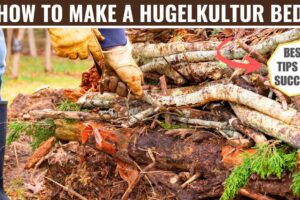
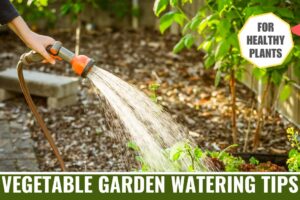
Leave a Reply